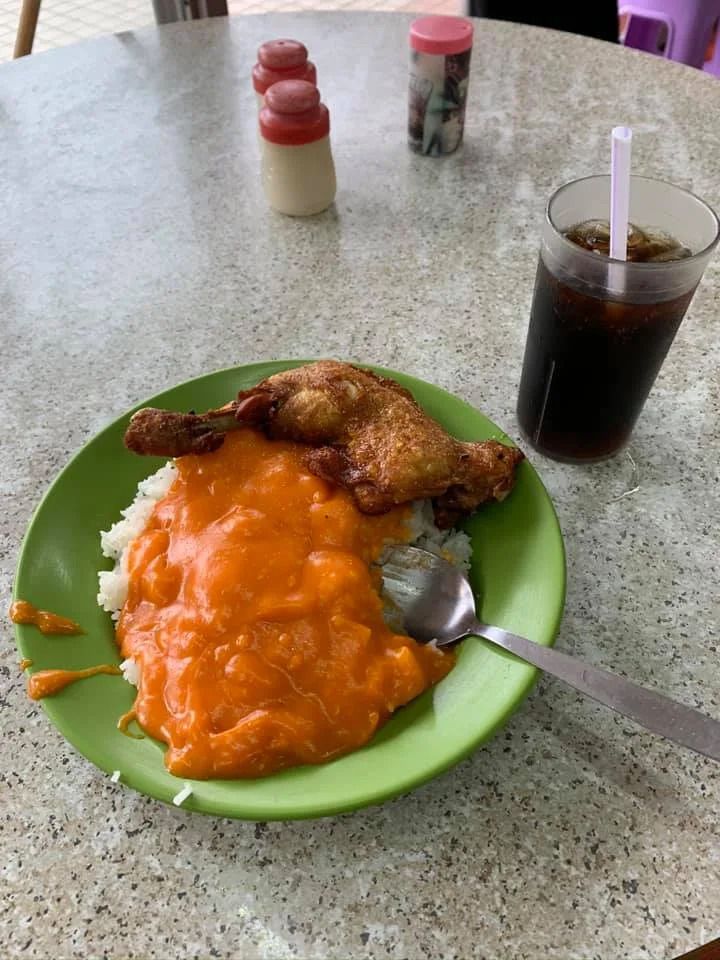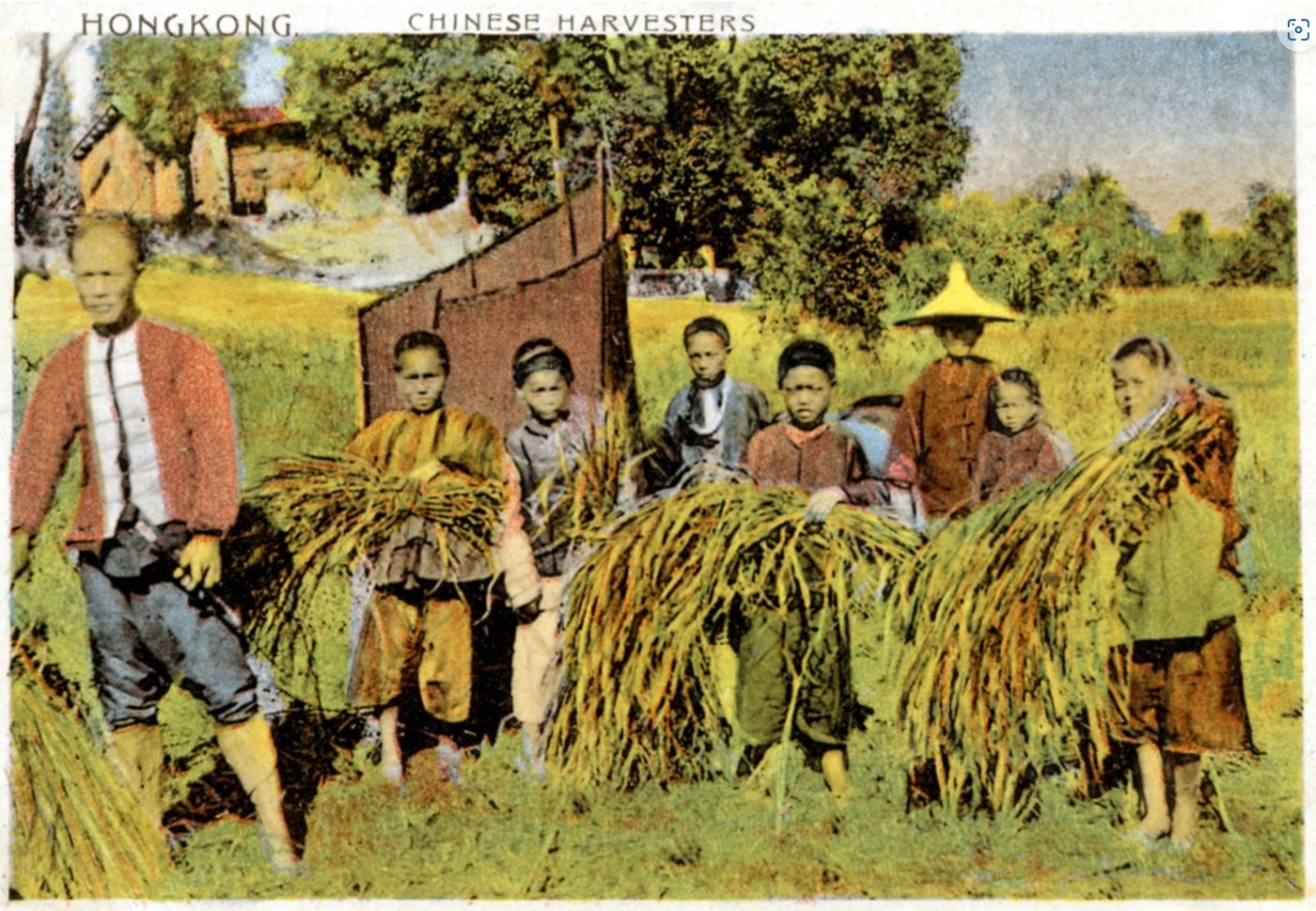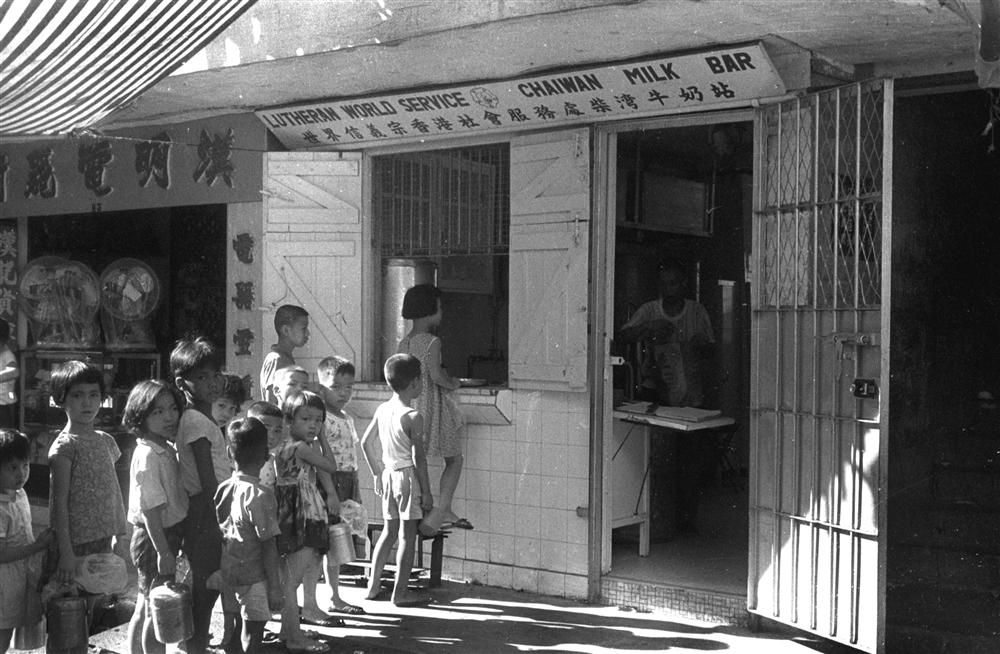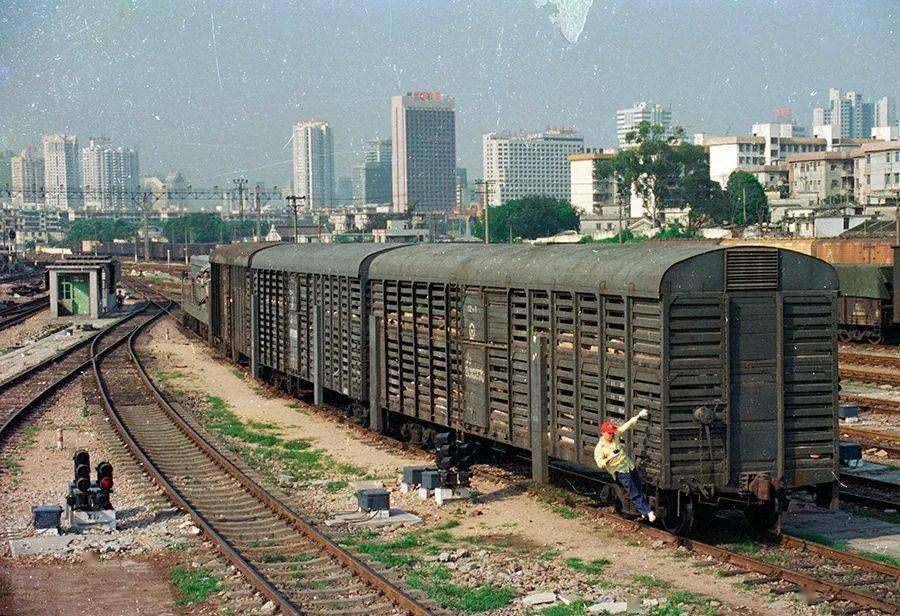The Mirage of Hong Kong's "Gourmet Paradise" (Part 1): Life and Death in Frontier Cities 01|Contribution #17
Author: still water deep flow
"The meaning of life lies in eating and drinking." - Cai Lan
I am a foodie, living an unpretentious life, but almost all of my limited income is spent on "food"; anyone who comes is always welcome, even if I eat golden pomfret for a month, I still enjoy it. It may be due to Cantonese genes. Cantonese cuisine and Japanese food are my absolute "favorites", but other than that, all kinds of fireworks in the world have a special taste for me. Food is not only a satiety, but also contains group culture and personal memories. Every time I am moved by the ingenuity and sincerity carried by the food, I can't help but sigh: "Ha! You are really worthy of being a human being."
Prometheus stole fire and brought it to the world. Isn't the evolutionary history of human civilization just a history of fighting for the mouth and belly?
Therefore, five years ago, I came to Hong Kong to study with great joy, because I heard it was a "food paradise" since I was a child. Stockings milk tea, pineapple oil, doll noodles with eggs (delete N dishes below)... just seeing the sizzling pork chops and chicken chops in the Café de Coral advertisements, it seems to have been intoxicated by the erratic "scent".

However, the good times didn’t last long. After eating at the “Qingyise” tea restaurant on campus for a week, I missed the green cabbage core and the stewed soup without MSG at home. Maybe the quality of the on-campus restaurant is not high? It's a pity that the off-campus fast food seems to be almost the same-cold side dishes, hard white rice, pork chops that can't be distinguished whether it's chicken or pork...In short, no matter which fast food restaurant, the taste is "clear"-the original difference The signs are all owned by the same parent company.
Pork chop, ham, luncheon meat, instant noodles, tea powder seasoning soup, condensed milk saccharin tomato sauce, and the vegetables are too lazy to blanch.
——The author (the semi-finished product culture seems to have become a major feature of Hong Kong catering)
Some students said with a smile: "I eat every day just to survive." Although the exaggeration is exaggerated, but in the "Gourmet Paradise", why is this so?

I am not complaining that there is no good food in Hong Kong. On the contrary, Hong Kong can definitely be called the "center of the universe" of world dining. The restaurants in Mong Kok and Causeway Bay have not been bleak even after the epidemic. I'm just wondering: Hong Kong has no shortage of excellent chefs and cooking skills combining Chinese and Western cuisines, but where can I find really fresh ingredients? Is it possible for industrialized food production to supply high-quality food? Under the pressure of high rents, how much of the taste of the food itself can be retained by the profit-first business model? The overwhelming number of chain stores and the crowds of Internet celebrity restaurants, do we really have more choices to fill our taste buds? When the tray filled with fast food "assembled" on the assembly line was pushed in front of me, I just felt a little frustrated in the numbness: "Yeah, how much effort does it take to buy 50 mosquitoes?"
"Food is the most important thing for the people", and the title of "Gourmet Paradise" is the pride of a city, and perhaps the soul that should not be abandoned.
1. Where does the food come from?
Living in a developed modern city like Hong Kong, people hardly think about the question of "where does the food come from". Markets, supermarkets, restaurants, stores... Food is everywhere and you can get it at your fingertips. Most citizens don't worry about the most basic needs of three meals a day, and they don't think that food will be a problem that the city needs to worry about—we have already passed the stage of food and clothing, haven't we?
However, food supply is by no means a simple issue, especially for Hong Kong and Macau, which are located on the border of the mainland, whether the food supply is stable is a matter of life and death. Hong Kong has a narrow territory, dense rocks, limited arable land, barren soil, and lack of fresh water. How can it feed a population of more than seven million people? Looking back at history, both Hong Kong and Macao have experienced periods of starvation, and the food supply only gradually stabilized in the late 1960s. For more than a hundred years, the wrestling, choices and actions around "food supply" have written the history of the city's survival and development.
When Hong Kong was opened as a port in 1841, it had a population of about 4,000, and the residents lived a self-sufficient farming and fishing life. Before and after World War II, Hong Kong’s agricultural farming model was roughly the same as that of rural South China. Rice cultivation was the mainstay, which could basically maintain local supply (Note 1), and “Yuen Long Rice” was even exported overseas (Note 2). According to statistics, by the early post-war period, 80% of the agricultural land in Hong Kong was used to grow rice, and the remaining 20% was used to grow miscellaneous grains, vegetables, orchards and flower beds (Note 3).

After the end of World War II, a large number of mainland refugees went south to Hong Kong and Macao to escape the civil war between the Kuomintang and the Communist Party, causing the population of Hong Kong to surge from 600,000 during the Japanese occupation period to 1.5 million at the end of 1946, and to more than 3 million by the end of the 1960s. The soaring population has challenged the city's food supply capacity, and solving the problem of food and clothing has become the top priority.
In 1951, the Kadoorie Agricultural Aid Association (KAAA) was established to provide farmers with training, agricultural materials and interest-free loans; and to build experimental and promotional farms, improve livestock varieties, and demonstrate efficient farming and animal husbandry methods. Help farmers to be self-reliant (Note 4, 5). With the support of the British Hong Kong government and KAAA and other organizations, about 1 million refugees were resettled in the New Territories. They made a living from farming and built houses on the edge of the fields, becoming the backbone of Hong Kong's local food supply (Note 6).
During this period, the British Hong Kong government’s agricultural policies focused on “encouraging the maximum economic production of rice and livestock” as its main task, and developed local agriculture in a proactive manner, so as to gradually improve the living standards of the peasant community (Note 7).
In addition to the supply of local agricultural products, in the 1950s and 1960s, Hong Kong agricultural product sellers also purchased food by-products from the Mainland. At that time, there was a large price gap between Hong Kong and the mainland, and this market relationship remained stable overall. However, in the early 1960s, the mainland experienced "three years of severe natural disasters". People were hungry, and it was impossible to sell the scarce grain to Hong Kong's grain merchants. Hong Kong's food supply was also greatly affected.

At that time, China Resources Group, a central enterprise operating and selling food for Hong Kong in Hong Kong for a long time, undertook the task of urgently purchasing food overseas for the mainland. Disaster" impact on the food market supplied to Hong Kong, on the other hand stabilize trade with Hong Kong and Macau and increase foreign exchange earnings (Note 8).
Soon, Zhou Enlai approved the proposal to open the "three-time express train" for the supply of fresh and live materials from Hong Kong and Macau. ). For all levels of government and supply units in the Mainland, supplying food to Hong Kong is not only an economic activity, but also a political task (Note 9).

Since 1962, the "three express trains" departing from Shanghai, Zhengzhou, and Wuhan respectively, "regular, regular, and fixed-point" run three times a day, carrying a full load of food materials directly to Hong Kong and Macau. This continuous, stable and relatively low-cost food system from the mainland to Hong Kong has been in operation until now. For more than half a century, the materials supplied to Hong Kong have been "almost unaffected by factors such as market price fluctuations, natural disasters, cultural revolution and other turmoil, and Spring Festival travel congestion. . This is by no means a state that can be maintained by market behavior.
The food supply line is the most fundamental lifeline of a city, mastering it will control the lifeline of the city. In the late 1960s, mainland food supplied to Hong Kong accounted for 60% of Hong Kong's food consumption (Note 10). In addition to food supplies to Hong Kong, supplies from the mainland to Hong Kong were later extended to water supply, energy supply and many other fields (will be detailed in later chapters of this series).
Nowadays, Hong Kong and Macau are almost all dependent on food supply from the Mainland, but this situation is not without challenges. We will continue to discuss the issue of food supply in Hong Kong later.
#Number of articles: 1️⃣5️⃣9️⃣
References:
- Lau Hoi Lung. Evolution of Urban Agriculture in Hong Kong.
- Hayes, J. (2006). The Great Difference: Hong Kong's New Territories and Its People 1989-2004. Hong Kong: Hong Kong University Press.
- Agriculture and Fisheries Department [AFD]. (1950-1960). Hong Kong Annual Departmental Report by the Director of Agriculture, Fisheries & Forestry. Hong Kong: The Government Printer.
- Kadoorie Agricultural Auxiliary Association. Retrieved from the Kadoorie Farm and Botanic Garden website: https://www.kfbg.org
- Blackie, WJ (1972). Kadoorie Agricultural Aid Association, 1951-1971, Hong Kong: The Kadoorie Agricultural Aid Association.
- Wong, CT (1971). Vegetable farming in Hong Kong: a study in agricultural geography. Unpublished PhD Thesis: The University of Hong Kong.
- Agriculture and Fisheries Department [AFD]. (1960-1970). Hong Kong Annual Departmental Report by the Director of Agriculture, Fisheries & Forestry. Hong Kong: The Government Printer.
- Zheng Dongyang, Dai Ping. (2011). Fifty Years of Hong Kong Special Offer. Phoenix Weekly. Retrieved from https://web.archive.org/web/20110711201202/http:/news.ifeng.com/fhzk/detail_2011_06 /08/6876167_0.shtml
- Luo Jianjun. (2019). Revealing the nearly 60-year history of "food supplied to Hong Kong". Under the personal guidance of the Prime Minister, the safety rate exceeds 99.999%. 35 Dou website. Retrieved from http://vcearth.com/p/NjBkZTVkZmMzOWRhNzYyMTgwYjhkMTYyYTlmOTI1MDc=
- Cheung, GK (2009). Hong Kong's Watershed: The 1967 Riots. Hong Kong: Hong Kong University Press.
--------
Like my work? Don't forget to support and clap, let me know that you are with me on the road of creation. Keep this enthusiasm together!







